01:32
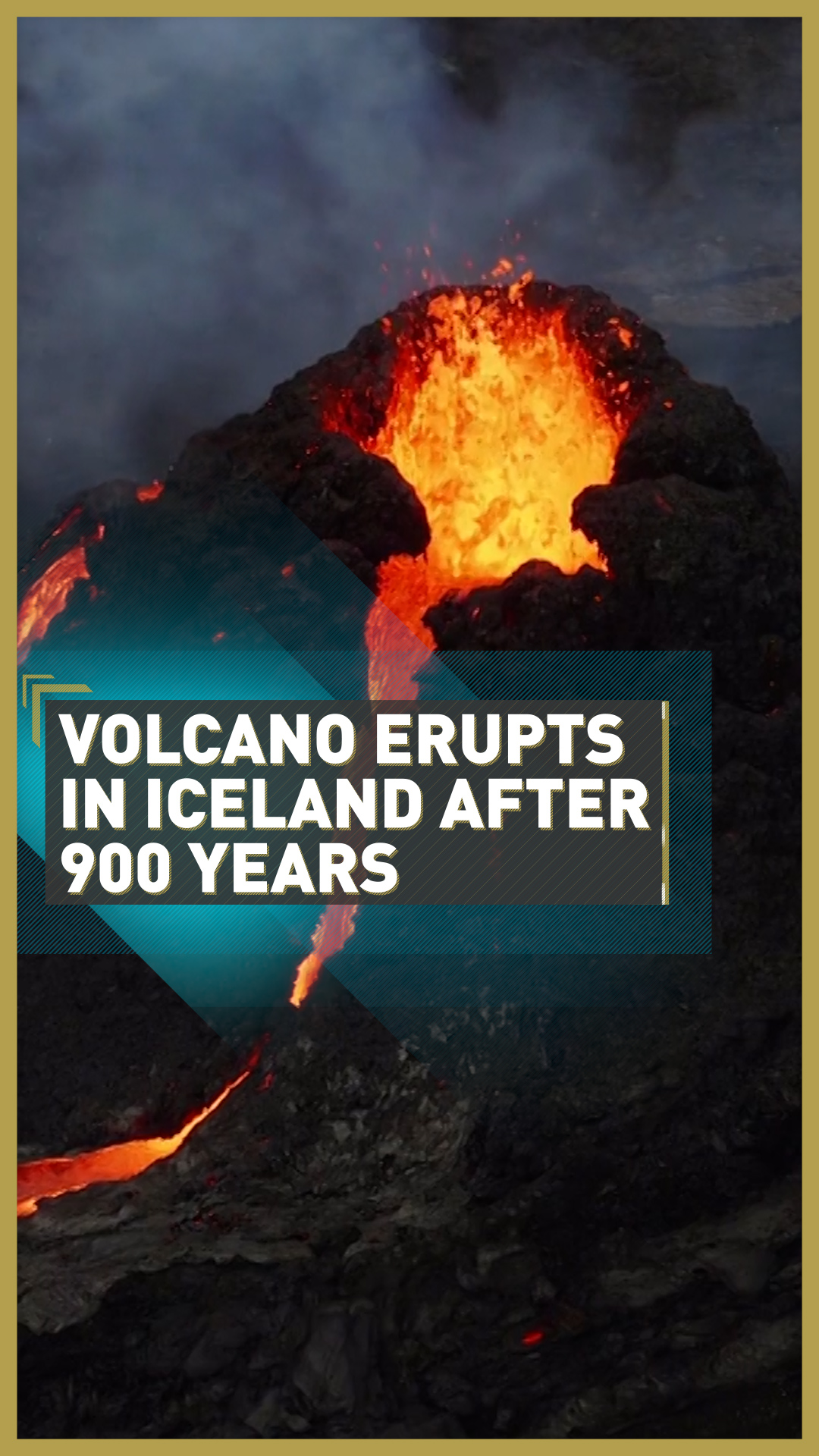
A volcano just 40 kilometers from Iceland's city of Reykjavik, has been drawing crowds keen to witness it erupting after 900 years of inactivity.
The eruption of a fissure near Mount Fagradalsfjall, which began late on Friday, was the first in the Krysuvik volcanic system in around 900 years. The volcano is easy to access and can be reached after a 90-minute hike from the nearest road close to the country's capital city.
Thousands of people have flocked to the site to marvel at the glowing molten lava and the red skies, with some even grilling hot dogs and marshmallows over the smoldering embers.
Access to the site was originally blocked in the first few hours after the eruption. Authorities subsequently lifted the roadblocks but discouraged visits. On Saturday afternoon, visitors were allowed under strict guidelines.
When weather conditions deteriorated on Sunday night, rescue teams had to help dozens of freezing people find their way back to the road. The site was once again blocked on Monday due to high levels of gas pollution. Emergency crews were seen carrying devices that measure gas pollution, especially sulphur dioxide, which can pose a danger to health and in some circumstances even be fatal.
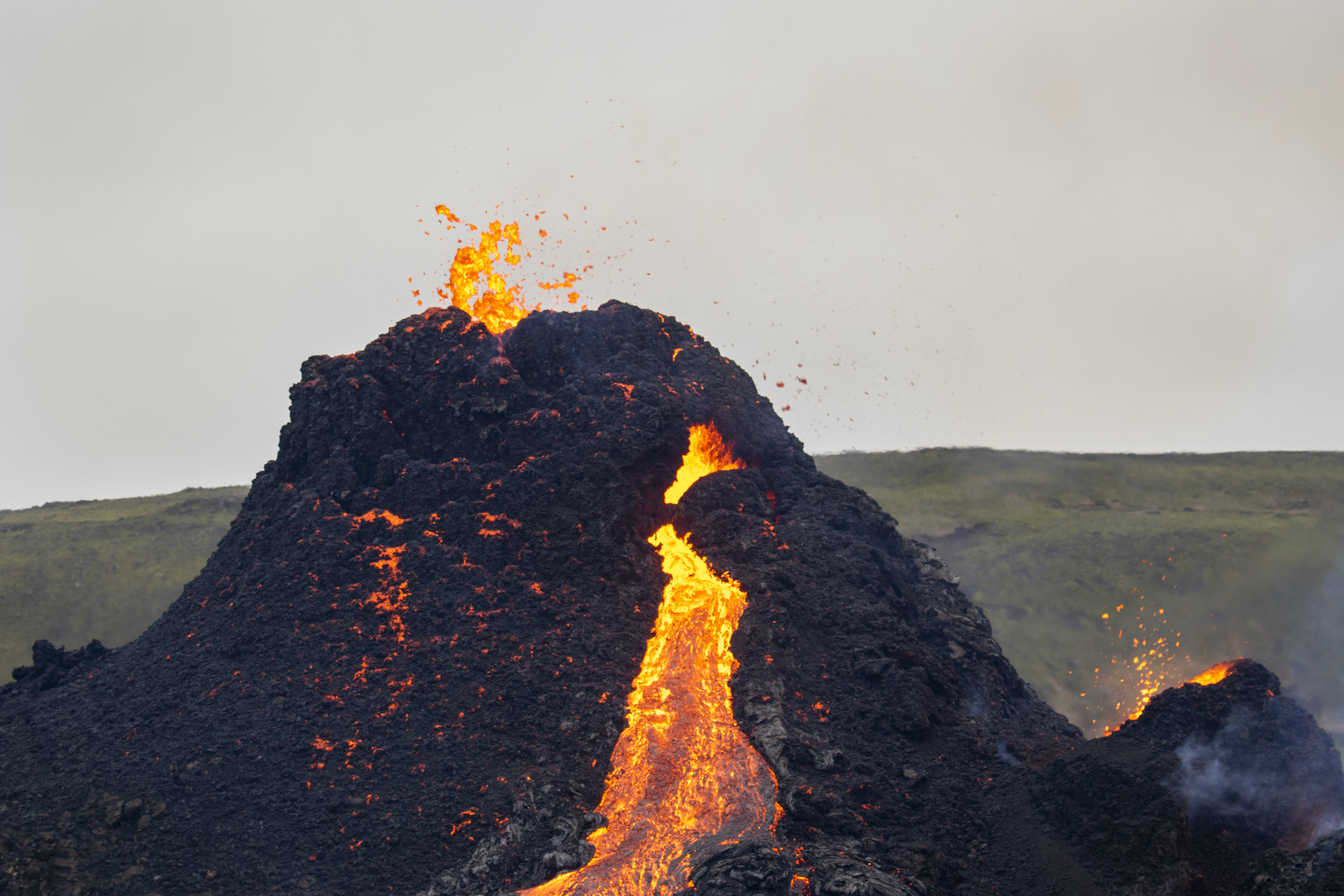
Mount Fagradalsfjall has erupted after 900 years of inactivity. /Jeremie Richard/AFP
Mount Fagradalsfjall has erupted after 900 years of inactivity. /Jeremie Richard/AFP
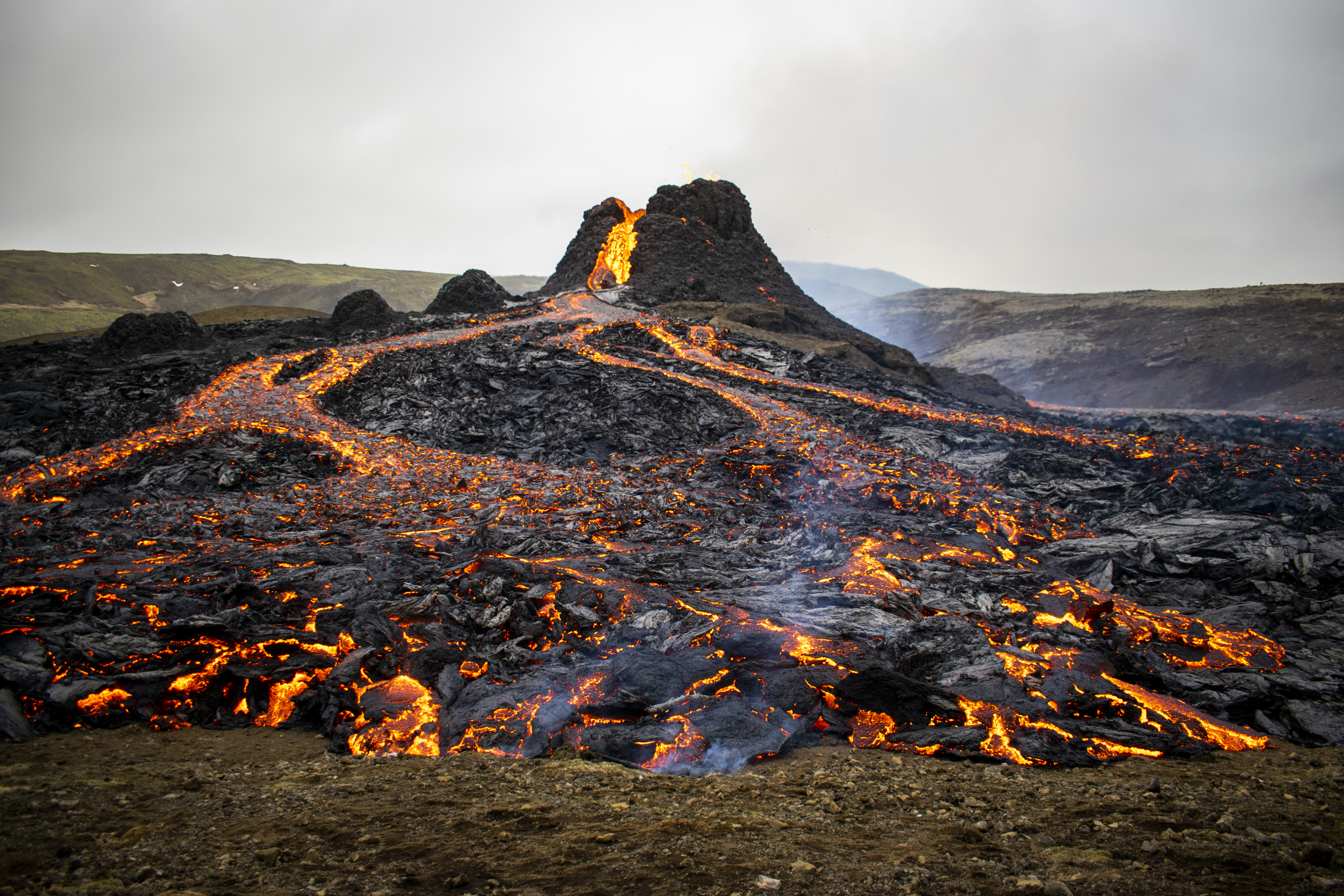
Access to the site has been blocked at times for safety reasons. /Jeremie Richard/AFP
Access to the site has been blocked at times for safety reasons. /Jeremie Richard/AFP
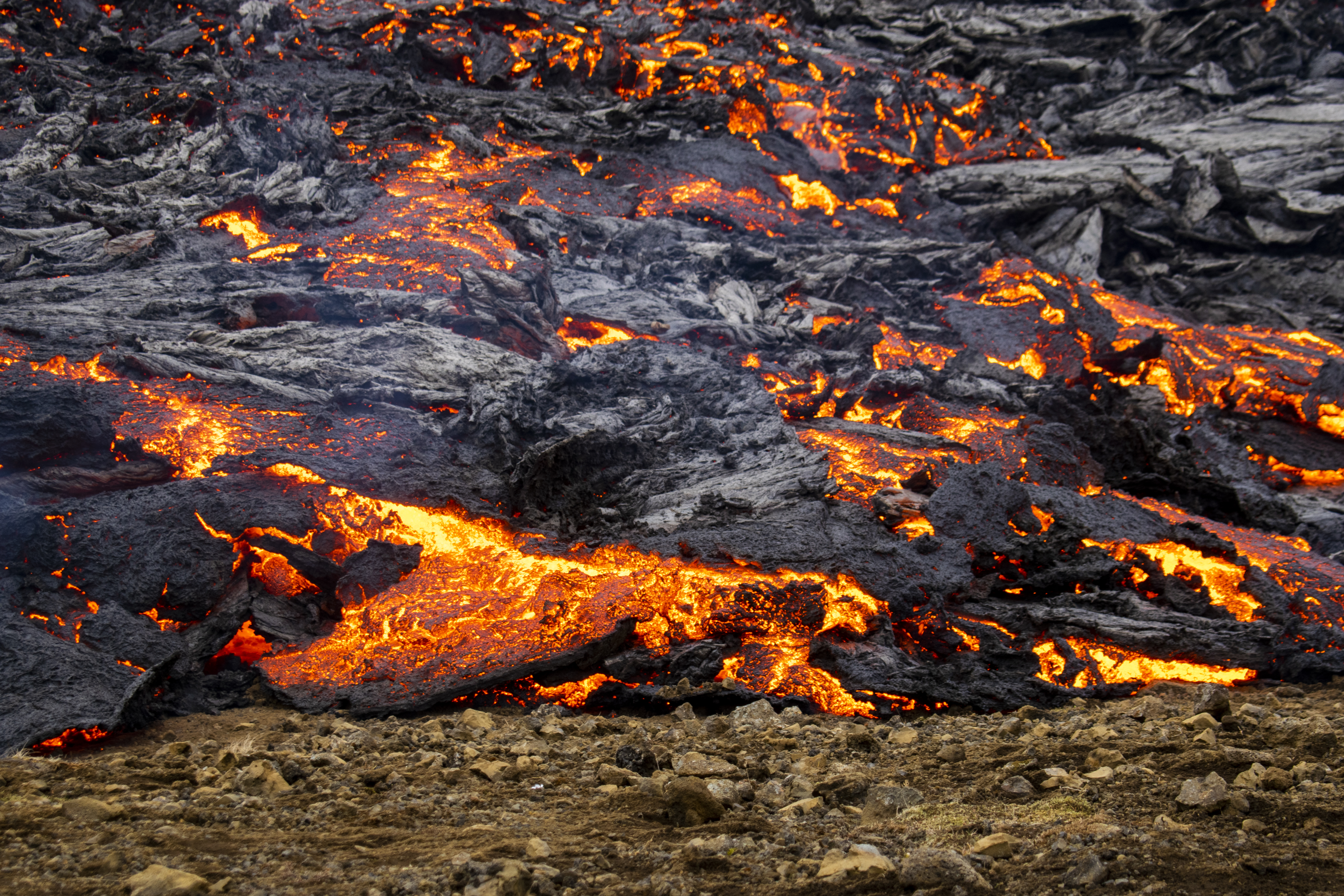
Eruptions occur in Iceland on average every five years. /Jeremie Richard/AFP
Eruptions occur in Iceland on average every five years. /Jeremie Richard/AFP
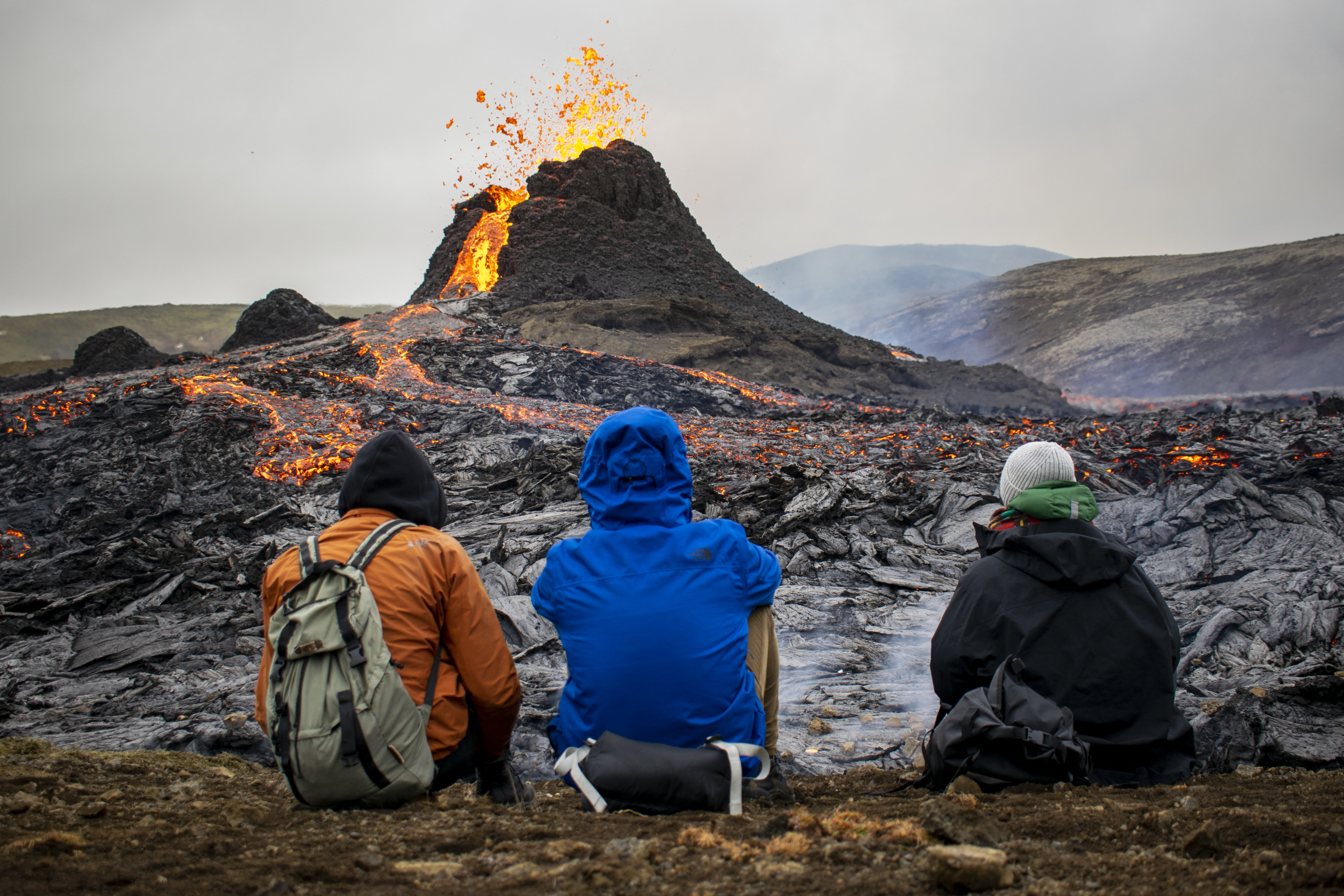
Thousands of people have visited the volcano since it erupted. /Jeremie Richard/AFP
Thousands of people have visited the volcano since it erupted. /Jeremie Richard/AFP
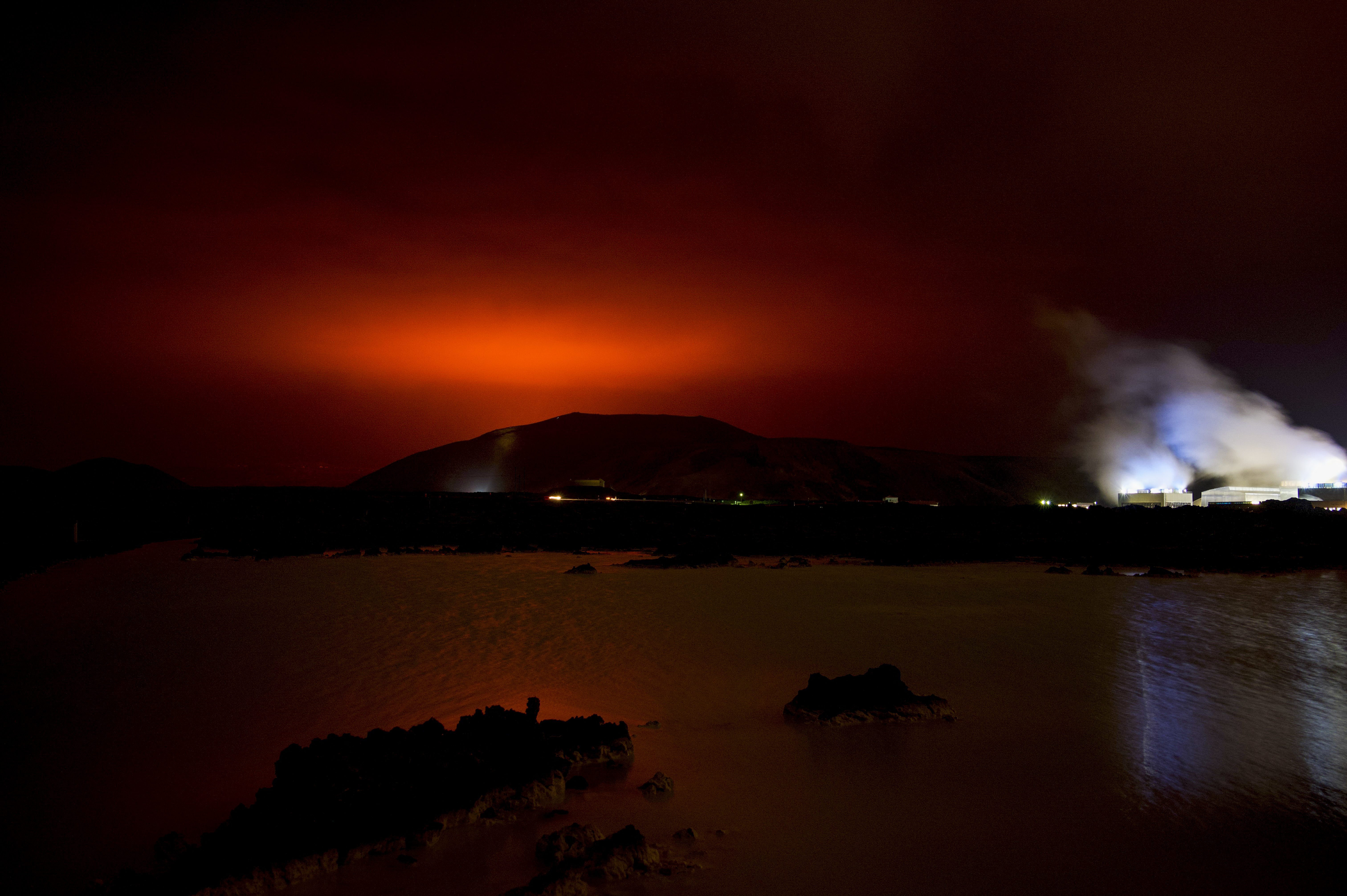
The skies turned crimson as lava spewed from the volcano. /Halldor Kolbeins/AFP
The skies turned crimson as lava spewed from the volcano. /Halldor Kolbeins/AFP
This is the first volcanic eruption on the Reykjanes peninsula in more than 800 years. It has been nearly 900 years since the Krysuvik volcanic system, to which Fagradalsfjall belongs, has erupted.
But, overall, eruptions are common in Iceland, with one taking place on average every five years. They normally occur far from populated zones and in inaccessible areas – with many being too dangerous to allow public access.
As seen with the volcanic eruption this time, the curious can inspect the lava up close after a 6 kilometer hike from the nearby fishing port of Grindavik, a town with 3,5000 inhabitants close to the Blue Lagoon geothermal spa.
Iceland is known as the "land of fire and ice" and is Europe's biggest and most active volcano region. The North Atlantic island borders the Arctic Circle and straddles the Mid-Atlantic Ridge, which is a crack in the ocean floor, separating the Eurasian and North American tectonic plates.
The shifting of these plates causes intense volcanic activity: 32 volcanoes are currently considered active in the country, and the last major eruption was at Holuhraun, beginning in August 2014 and ending in February 2015, in the Bardarbunga volcanic system in an uninhabited area in the center of the island.
In 2010, an eruption at the Eyjafjallajokull volcano sent huge clouds of smoke and ash into the atmosphere, disrupting air traffic for more than a week and causing the cancelation of more than 100,000 flights worldwide. More than 10 million passengers were stranded.
Video editor: David Bamford

